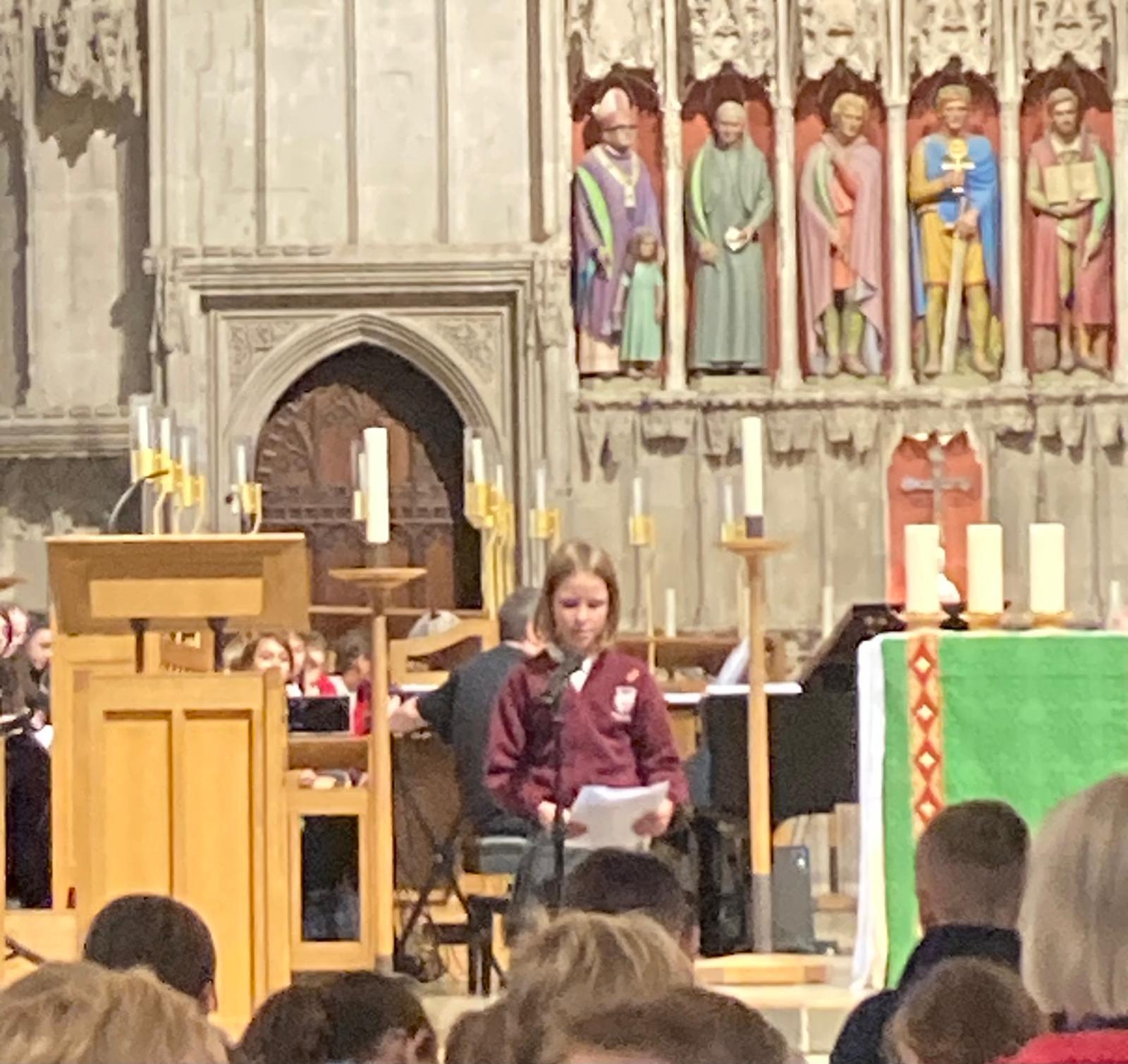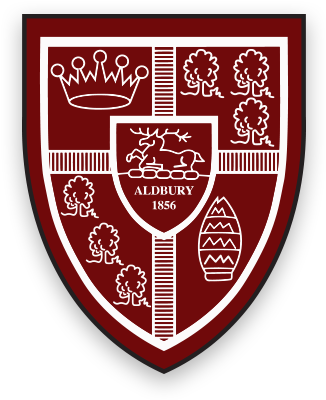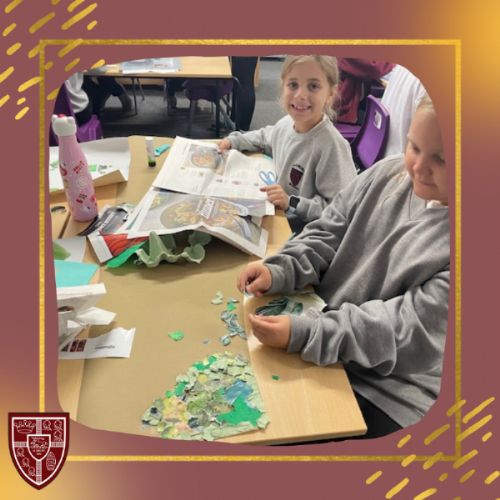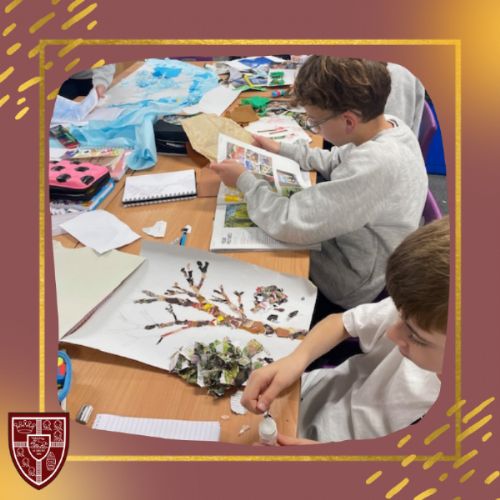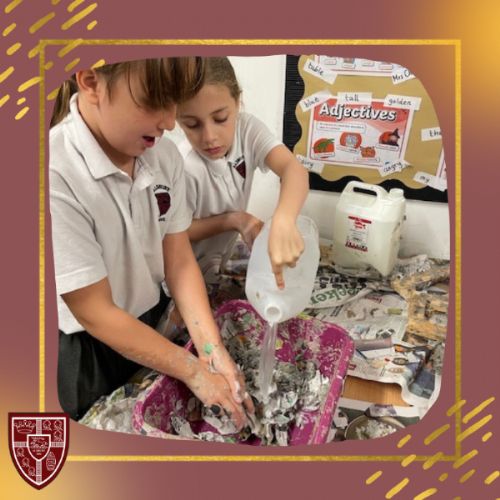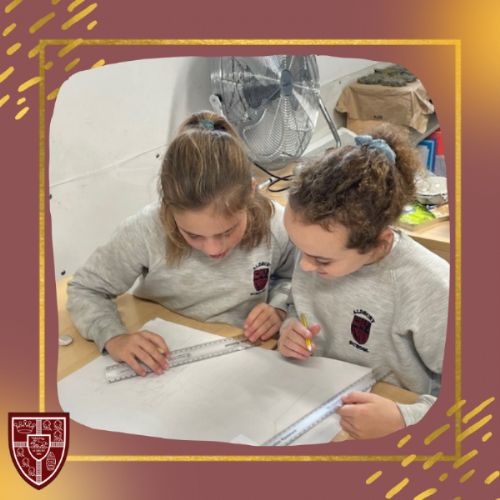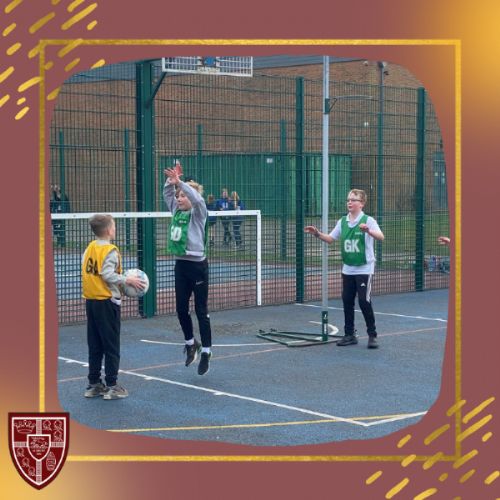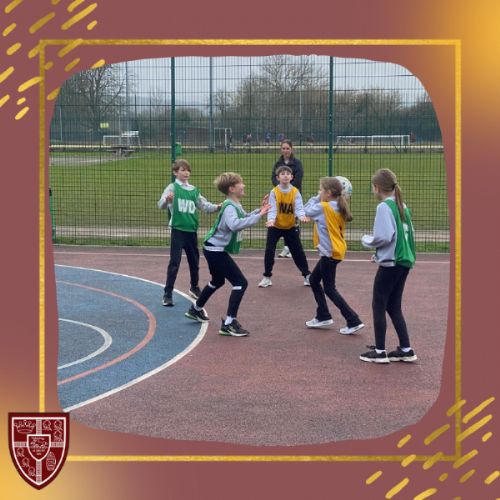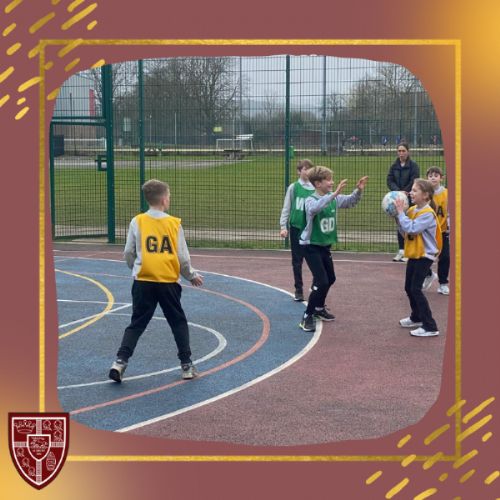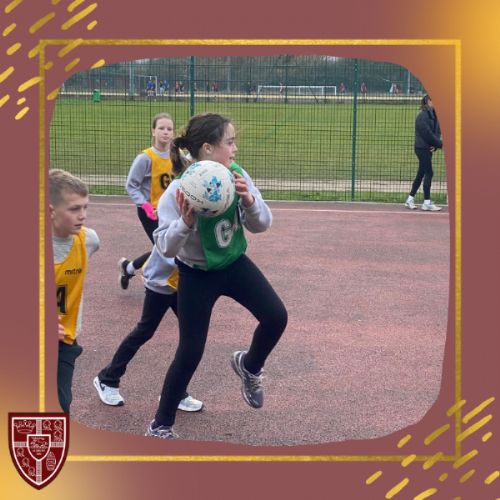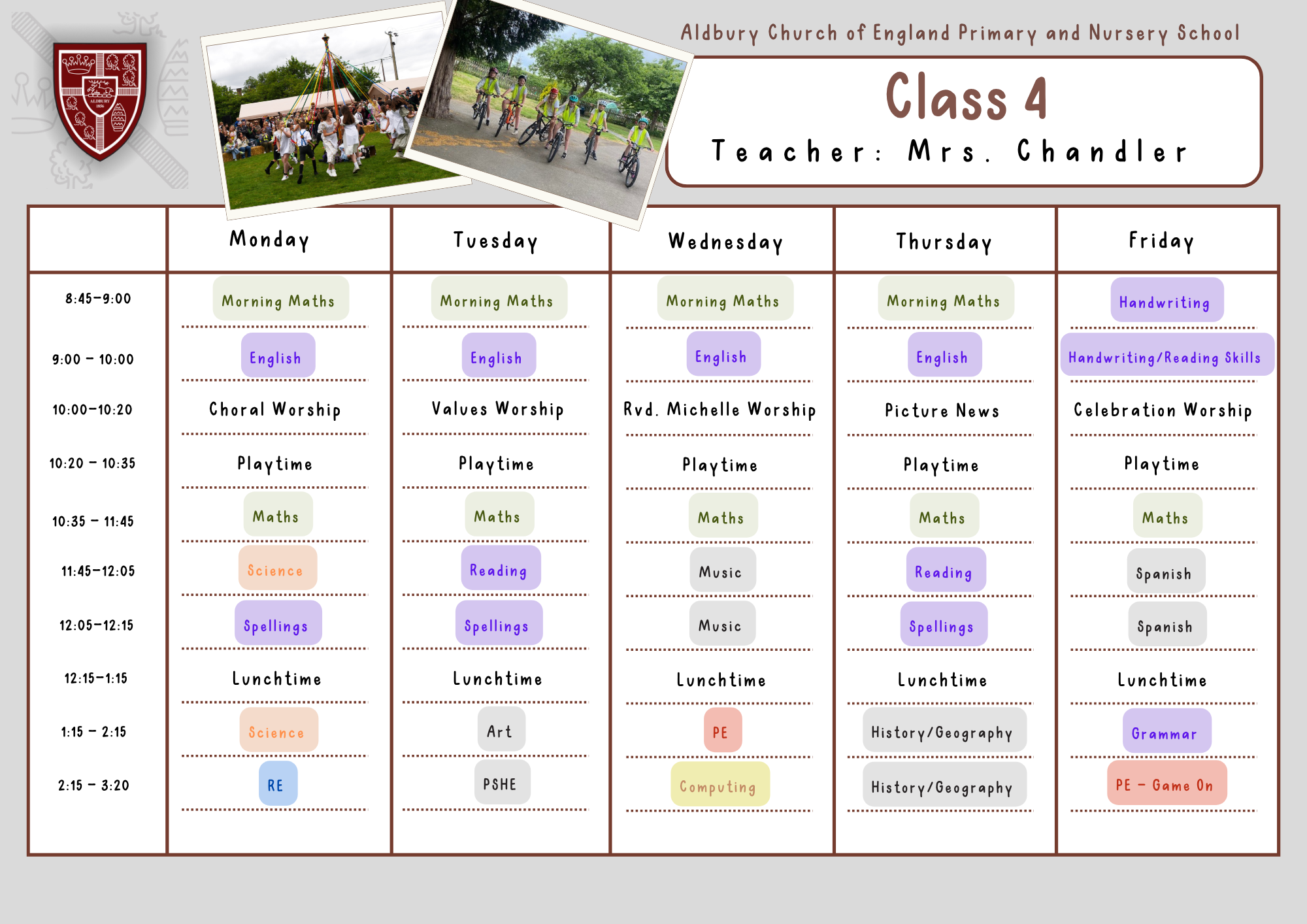Class 4
Welcome to Class 4 ! I am Mrs Chandler and I teach class 4 full time. Mrs Webb is with us every morning. Mrs Nocera is the class teacher on a Wednesday afternoon, whilst I have my PPA time.
This is my second year at Aldbury but my 20th year of teaching.
I enjoy building relationships with children and ensuring that they feel supported and nourished. I maintain a calm and positive atmosphere in which children feel able to take risks with their learning and build up their confidence.
My passions are art and history. I am also a professional face and body artist and a tutor for A level history. Outside of work, I enjoy travelling and spending time with friends and family.
The fastest way to contact me is through Dojo messaging; I will respond quickly. I am happy to make appointments to discuss any issues face to face after school. I hope that this page will keep parents and carers up to date with all the exciting things that are happening in Class 4.
I am looking forward to another wonderful year with my class 4 superstars and sharing all the adventures that are part of the UKS2 experience
